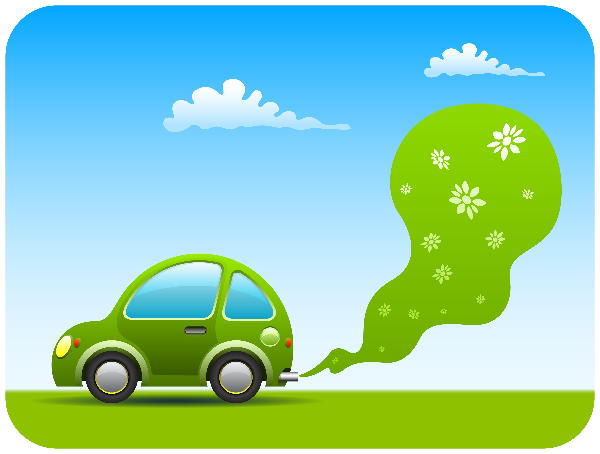Efficient Driving This page is about how to reduce the amount of fuel you use, and with it your carbon dioxide emissions, whatever type of car you are driving. We also explain how to measure your fuel consumption. Tips for Saving Fuel The most obvious saving is simply to reduce the number and length of journeys. Can you use the post, phone, email or the web? Can you do it closer to home by spending a bit more? Can you group several things into one trip? Whatever type of car you use, you can save fuel and reduce emissions just by how you drive. As a bonus, following these tips also reduces wear and tear on the engine, brakes, tyres and other components which could reduce your bills.  General points - If at all possible, walk, cycle or use public transport.
- Minimise the length of journeys. Look at a map to check satnav or web-based route finders such as Google, AA or RAC as these can make mistakes. But note that a slightly longer route allowing steady speeds is usually better than one with a lot of stop-go driving.
- Share journeys with neighbours and nearby friends. This can work well for commuting to work, and trips such as shopping.
- Drive slower. For example, above 70 mph the air resistance rises rapidly and greatly reduces miles per gallon (and of course is also illegal).
- Avoid short journeys, especially with the engine cold. This is even more important in cold weather.
Driving tips - Drive off as soon as possible after a cold start. Idling with a cold engine wastes fuel and causes unnecessary engine wear.
- Shift up to high gears. But not so high as to strain the engine. If the car has a rev counter, a very rough guide is to try to keep between 1400 and 1800 rpm in diesel cars, and between 2000 and 2500 rpm in petrol cars. Some cars have useful indicators to suggest when to shift up or down, ‘eco’ modes to minimise consumption, etc.
- Anticipate situations and minimise acceleration and braking. There is no point speeding up if there is a slow-moving line of traffic or a red light just ahead, this just wastes fuel and wears out the brakes. In addition, your driving will be safer. Try to slow down rather than stopping.
- Accelerate and brake gently and smoothly. Rapid acceleration and waiting until the last minute before braking wastes fuel. Wherever possible, slow down by lifting off the accelerator with minimal use of the brakes – braking wastes fuel by turning its energy into heat.
- Keep your distance. This makes smooth driving much easier as there is less need to keep adjusting to the car in front of you. It also avoids a major cause of accidents.
- Turn off the engine if not moving for more than a couple of minutes. Idling wastes fuel and adds to pollution.
- Try to keep windows closed, especially at high speed. Open windows increase air resistance – use the car's ventilation system.
- Use air-conditioning only when it is really needed. Air conditioning uses fuel; try to use the ventilation fan first.
Maintenance etc. - Check tyres are inflated to the recommended pressure. Soft tyres increase fuel consumption as well as affecting handling. It is worth buying a tyre pressure gauge so that you get consistent readings – gauges at filling stations vary and are often inaccurate.
- Service the car regularly. This keeps things running well and efficiently.
- Empty the car of unnecessary items. Excess weight uses more fuel.
- Remove items from the roof, including the roof-rack, when not needed. Unnecessary air resistance wastes fuel.
Top of page How to measure your fuel consumption  Many cars now have displays of fuel consumption. Instantaneous readings are not very useful because they fluctuate wildly – a running average that you can reset when you choose to is much better. But even the average numbers displayed are not always very accurate, and tend to be optimistic. Measuring your fuel consumption is made harder because it's measured in miles per gallon while fuel is sold by the litre. To do it yourself, brim the tank carefully (more difficult with diesel, which tends to foam). Work out miles per litre, and multiply by 4.55 to get miles per gallon. It's better to add together several tankfuls, since over short distances you might not get an fair picture and small differences in how full the tank is can give an inaccurate result. | 



